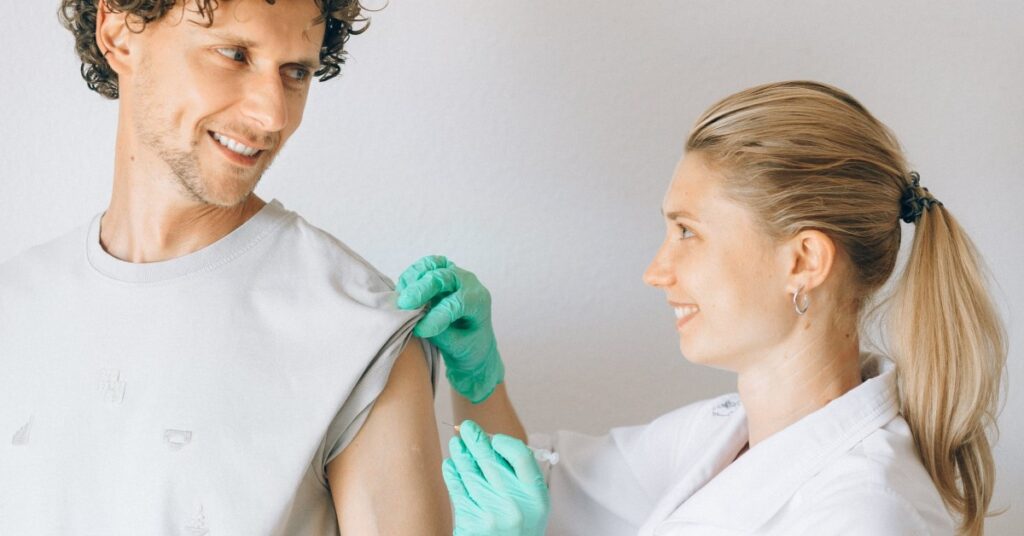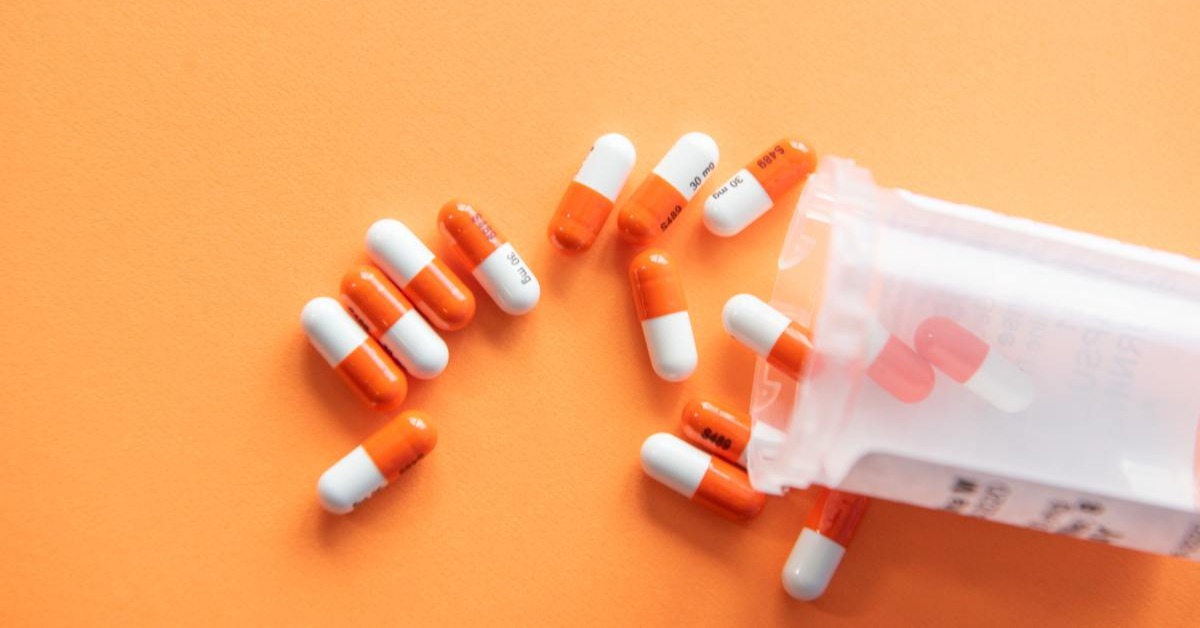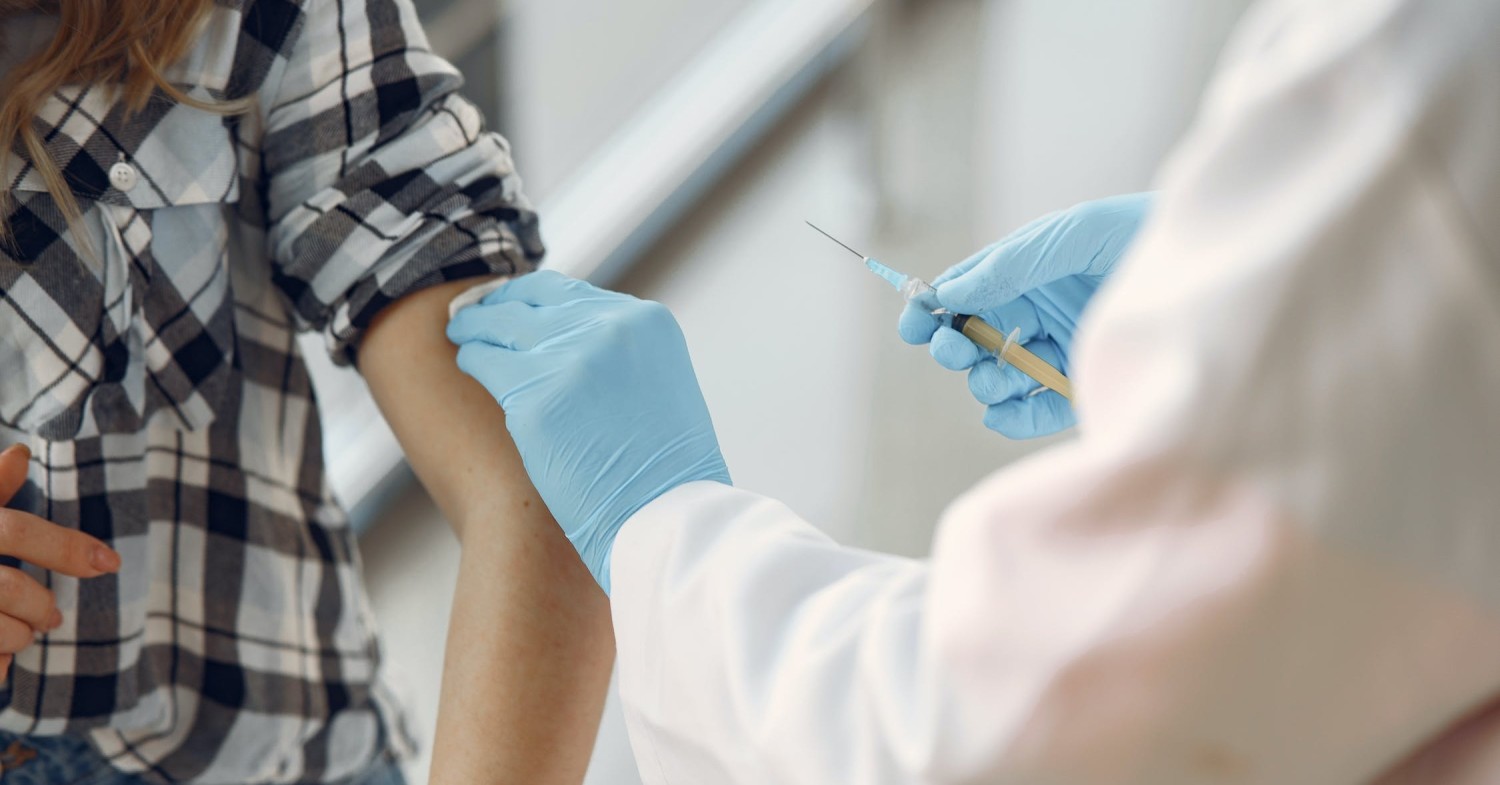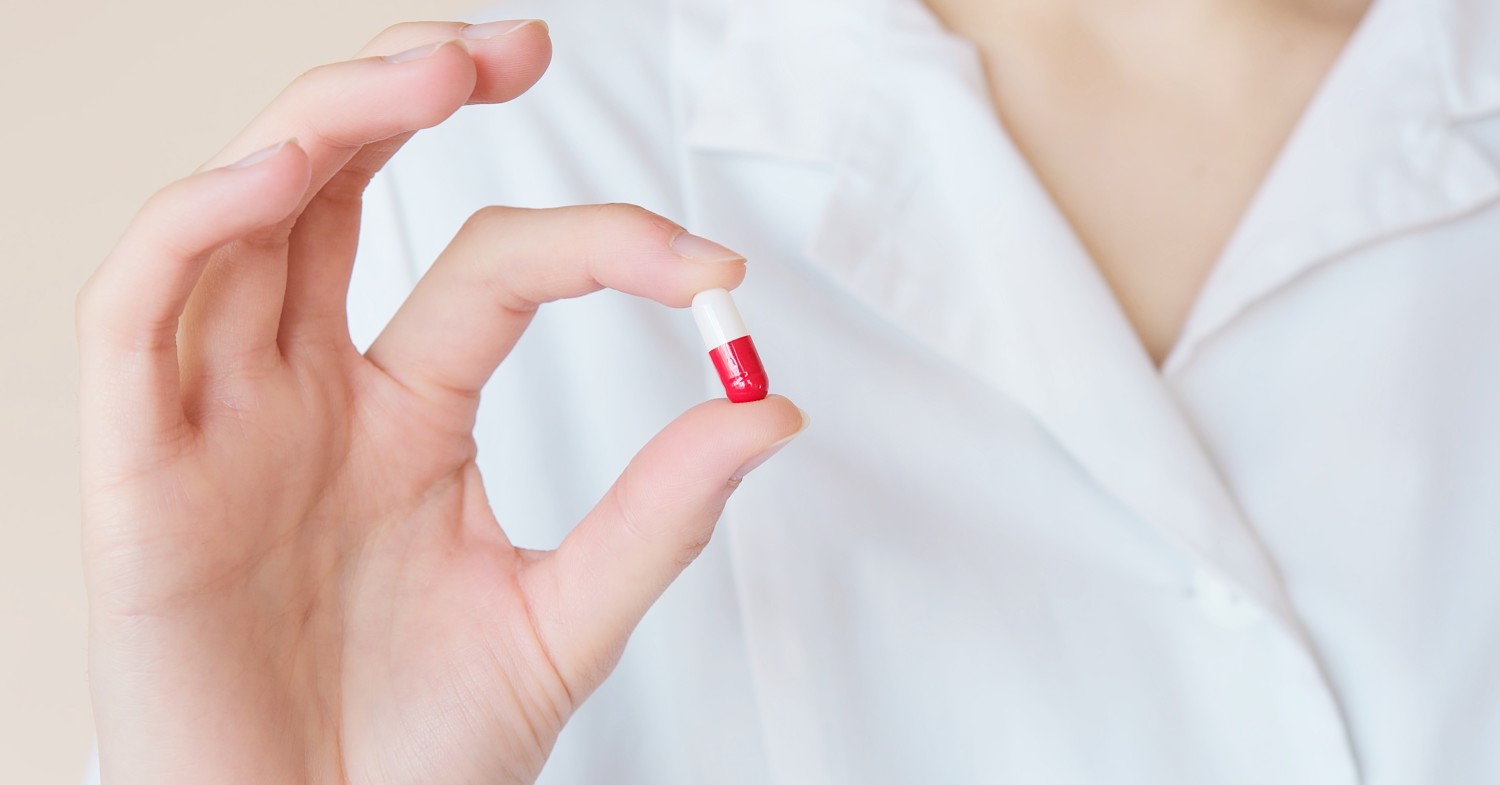
How to Become a Health Services Manager,and How Much $$$ You'll Earn Doing It.
On average, health services managers earn over $100,00 per year. [...]

2021 was no typical year for pharmacists. With urgently awaited COVID-19 vaccines soon to be released and patients hesitant to return to the doctor’s office in person, community pharmacists stepped up to the front line of the pandemic response. No wonder CVS Health declared 2021 “the year of the pharmacist.”
Those valued professionals represent a diverse group of trained professionals, but they share at least one thing in common: they all hold a Doctor of Pharmacy (PharmD) degree, the entry-level credential required to manage pharmacies, dispense medication, and administer in the United States.
Earning a Doctor of Pharmacy unlocks numerous popular career pathways,. PharmD graduates most frequently go on to work at chain pharmacies, but that’s hardly their only choice.
High demand for those with specialized training often leads to high pay. The average pharmacist salary in the US is $133,127, with the top 10 perent making over $165,000—not a bad figure after only six years of school and a residency. Pay varies depending on location, the cost of living in your area, and your field of study. Pharmacist salaries reflect, in part, a labor shortage brought on by COVID-related burnout.
So, how much can you earn with a Doctor of Pharmacy degree? In this article, we’ll look at how a PharmD prepares students for this challenging career and how much they can expect to make in their first two decades. We’ll answer:
The PharmD is the professional degree required to practice as a pharmacist in the US. The advanced curriculum and experience-based education prepare students for the North American Pharmacist Licensure Examination (NAPLEX) and state-specific tests. It’s important to note that pharmacists are not the same as pharmacy technicians, a crucial yet different role that does not require an advanced degree for practice.
The full PharmD program takes anywhere between four and six years to complete. The length depends on whether students complete their prerequisite courses at the same school or transfer in from a different program.
The majority of PharmD graduates go on to work as pharmacists, but many pursue additional certifications and take such different career routes as drug manufacturing or government regulatory work. Earning your PhD in pharmaceuticals is more appropriate for a career in research or academia, but there is crossover between the two degrees.
According to a study by the American Association of Colleges of Pharmacy (AACP), nearly half of PharmD students are under 25. As mentioned above, students can transition to a PharmD pre-professional program directly from high school and complete their doctorate in as little as six years.
Another significant percentage of students enter the program with experience as pharmacy technicians—a role that pays an average annual salary of $27,000 to $49,000 a year. Nearly 80 percent of students in the study who worked during their program did so in a community pharmacy.
However, not all PharmD students have their eye on a community pharmacy role. A long list of electives, concentrations, and alternate pathways supports a range of interests. Graduates go on to work in hospitals, long-term care facilities, research centers, and government agencies.
Depending on the field, some graduate programs—such as software engineering—require applicants to have some professional experience. That’s not the case for most pharmacy programs. Your prerequisite coursework, grades, and exam scores primarily determine whether you are admitted to a pharm program.
Prerequisite coursework—by far, the most specific set of requirements—typically takes between two and four years of undergraduate study to complete. Butler University, for example, requires that direct pathway applicants—those who declare a pre-pharmacy pathway at Butler their freshman year—earn at least a C- in classes like chemistry, biology, human anatomy, and calculus. Candidates who transfer to the PharmD program from other pathways must meet a longer list of course requirements to demonstrate competency.
Transferring from undergrad into a PharmD also typically requires competitive scores on the Pharmacy College Admissions Test (PCAT).
PharmD curricula typically include three categories of coursework: health sciences, data analytics, and professional patient care. Most programs begin with classroom academics, then phase in immersive hands-on residencies to provide experiential learning. During the fourth year, a student either work full-time in a paid position, such as a local retail pharmacy, or explore a range of placements based on their electives and desired career path.
Concentrations range from adding electives to your courseload to embarking on a dual-degree program. The University of North Carolina at Chapel Hill—one of the top-rated PharmD programs in the country—offers a traditional PharmD as well as dual-degree with either a Masters in Business Administration (MBA) or a Masters In Public Health (MPH).
The university also offers specialized learning pathways, co-curricular experiences, and immersion experiences. Each of these encourages candidates to hone their career path further, focusing on either local or global job markets or particular categories like oncology or pharmacology.
The top programs in the country go to great lengths to advance a graduate’s career. You’ll often find a list of job titles, company names, and sometimes even salary stats on each school’s admissions website.
Butler University features an extensive list of ongoing clinical research by graduates and faculty, providing crucial access to PharmD candidates. During the final year of study, students complete ten, one-month rotations in professional settings focused on both patient care and lab management. Butler will introduce an online PharmD program in the fall of 2022.
This top-ranking program’s patient-focused curriculum aims to advance both the science and experience of pharmacy care. In addition to hands-on residencies, UC San Francisco students complete a group discovery project, a form of experiential thesis, over the first three years of the program.
Ranked the third-best college of pharmacy in the country, the University of Minnesota reports that its graduates earn an average salary of $109,000. Students complete a range of experiential learning projects in their final year, both in underserved urban areas and in rural communities around UM’s two campuses.
Topping US News and World Report’s list of pharmacy schools, UNC Chapel Hill aims to create healthcare leaders. The school has a nearly 100 percent graduation and licensure pass rates. Students complete the program in four years, culminating in advanced electives and placement options.
Global, online degrees are becoming more common for pharmacy students, though there is often an in-person component at some point in the program. For example, Butler’s new online track offers a fully remote curriculum, but requires three immersion visits on campus during the four years.
Other universities, such as St. John Fisher College in Rochester, NY, allows students to complete their field experience in their local communities.
The US Bureau of Labor Statistics (BLS) notes that the largest employers of pharmacists are health and personal care stores, with hospitals following right behind.
But what do the first few years of experience look like for a PharmD grad? Let’s take a look at UNC’s career placement reports for its class of 2021. Students either earn additional training through a post-grad residency or immediately apply for a pharmacist job.
85 percent of graduates go onto some form of post-graduate training, such as a residency or a fellowship.
During these immersions, grads study under the mentorship of an expert pharmacist to develop their managerial skills and build a relationship with a company. Residencies focus on areas like acute care, ambulatory care, or managed care, to name a few.
Keep in mind that the median salary for residents is much lower than a full-time position—around $53,000 a year—but comes with personalized training and potentially valuable connections in the industry. According to Johns Hopkins, many residencies also offer travel expenses for additional training, paid time off, and health benefits.
The majority of the remaining class members in the UNC study immediately went on to pharmacy, community, nuclear, and industry practice. Pharmacy Times notes that 60 percent of graduates work in chain drug stores. Independent pharmacies, hospital pharmacies, managed care, and clinical pharmacies are the next largest categories. You’ll also find PharmD grads working for government agencies, within the pharmaceutical industry involved with developing and manufacturing drugs, or as professors in universities.
What’s the salary range for each of these roles at the start and twenty years down the road? Let’s take a look.
The BLS notes that the median salaru for pharmacists was $128,710 as of May 2020—a pretty standard number across the board of job data websites. But tucked within job descriptions come managerial responsibilities or technical specialties that can bump up the pay.
Earning a PharmD is just one of the most popular pathways into the healthcare industry. Not only is it lucrative; it also puts you in a crucial position providing healthcare to your community and working for a healthier and more informed world.
(Last Updated on February 26, 2024)
Questions or feedback? Email editor@noodle.com

On average, health services managers earn over $100,00 per year. [...]

Becoming a pharmacist requires a good deal of schooling: a [...]

The highest paying pharmacists jobs are in-store pharmacist (average salary: [...]

To become a pharmacist, you need to earn a Doctor [...]

If you have a bachelor's degree in chemistry or biology [...]
Categorized as: Medicine, Nursing & Healthcare